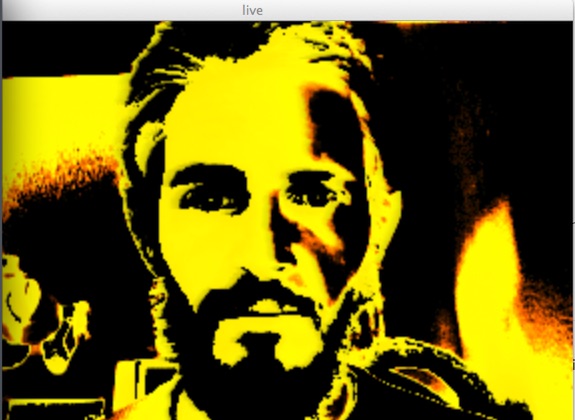New Video and Graphics Tutorials in Max 7

We added a set of new Video and Graphics tutorials to Max 7. This ten-lesson tutorial series introduces new users to the scope of possibilities in Jitter, starting from the ground up - they cover everything from video playback and live video capture to matrix control, geometry manipulation in OpenGL, sound-to-image interactions and complex video processing chains.

In putting these together, our intention was to create an easy entry point that introduced critical core concepts but avoided getting bogged down in technicalities. We also wanted to incorporate newer techniques that were not a part of the legacy tutorials, such as direct to texture output and jit.gl.pix, which can leverage system resources in modern systems more efficiently.
Whether you are just beginning or are already an advanced Jitter user, we hope there is something valuable for everyone. To find them, open up a Reference page in the Max 7 application (get Max here), go to Home, and look on the bottom left of the tutorials section for Video and Graphics.

In addition to the tutorials themselves, there are also a few excellent guides that provide valuable information about some of the more complex aspects of working in Jitter. Check them out to learn about: the difference between depth testing and layering when composing OpenGL scenes; different kinds of render contexts; working with direct to texture processing of video; and the different video engines you have access to.
These are the first of what we hope will be a large body of new tutorials, so keep an eye out for more down the road.
by Cory Metcalf on May 17, 2016

